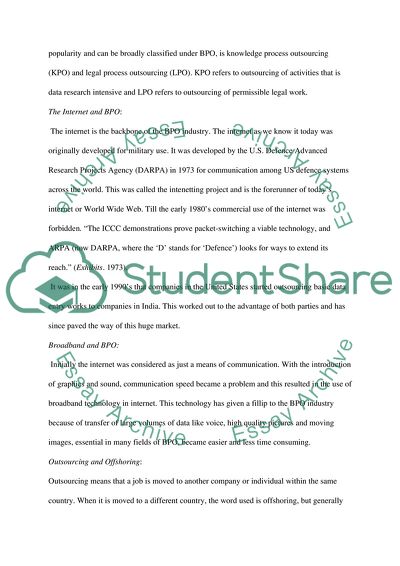Cite this document
(The Future of Outsourcing Research Paper Example | Topics and Well Written Essays - 3500 words, n.d.)
The Future of Outsourcing Research Paper Example | Topics and Well Written Essays - 3500 words. Retrieved from https://studentshare.org/e-commerce/1711880-e-commerce
The Future of Outsourcing Research Paper Example | Topics and Well Written Essays - 3500 words. Retrieved from https://studentshare.org/e-commerce/1711880-e-commerce
(The Future of Outsourcing Research Paper Example | Topics and Well Written Essays - 3500 Words)
The Future of Outsourcing Research Paper Example | Topics and Well Written Essays - 3500 Words. https://studentshare.org/e-commerce/1711880-e-commerce.
The Future of Outsourcing Research Paper Example | Topics and Well Written Essays - 3500 Words. https://studentshare.org/e-commerce/1711880-e-commerce.
“The Future of Outsourcing Research Paper Example | Topics and Well Written Essays - 3500 Words”, n.d. https://studentshare.org/e-commerce/1711880-e-commerce.


